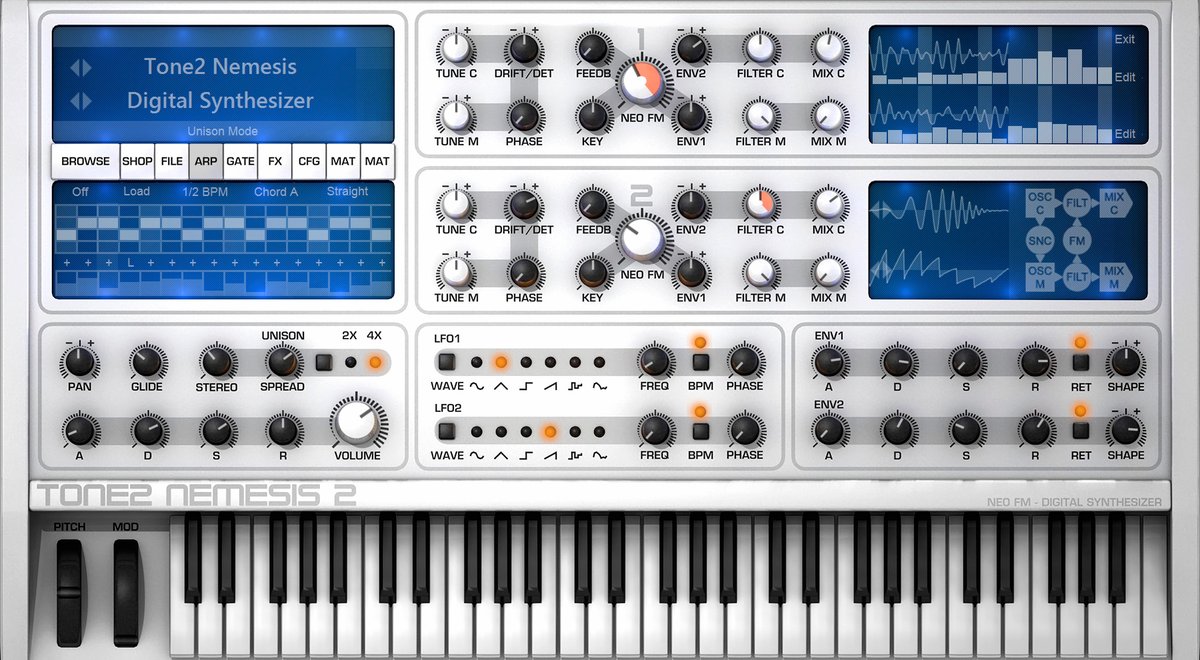

As it is now, there was no way for me to see or reach the parameters at the bottom inch or so. Perhaps the addition of a scroll bar or something to the interface for people using smaller screens might be a nice addition. So big, in fact, that when I tried to use it on my 15” Macbook, it didn’t fit on the screen. The layout takes a little getting used to, but once you have a feel for where everything is, it’s quite logical and easy to navigate. Gladiator 2 is a seriously deep synth, but rather than hide everything behind heaps of menus or pages, Tone 2 manages to fit everything all on a single page. The result can be anything from a subtle, organic-sounding harmonic shift to more radical, artificial-sounding rhythmic loops and wavetable effects reminiscent of the PPG or Waldorf Microwave synths. HCM attempts to mimic this and apply it to synthetic sounds (although it can do acoustic sounds, this is definitely not its strength). If you think of how a note on an acoustic instrument sounds, you’ll realize the initial attack is usually very bright, and the harmonic content of the sound evolves as the note decays. A bit similar to wavetable synthesis, each waveform in Gladiator 2 is actually a series of harmonic ‘snapshots’ that can be played back in varying orders and patterns.

Gladiator 2 uses a kind of synthesis Tone2 has dubbed HCM synthesis, which stands for Harmonic Content Morphing. Actually, going through the presets, it appears that I don’t get any sound out of any patch using the Spec Formant modifier. Although I will note that in the Welcome Tutorial, they instruct you to use the ‘Spec Formant’ modifier on a waveform and, at least on my machine, that resulted in no sound whatsoever. I think this is the best way to learn a new synth, so I applaud their inclusion. Gladiator 2 comes with a very thorough PDF manual that not only explains the functionality of the synth very well, but even includes a number of tutorials to guide you through using the different functions.


 0 kommentar(er)
0 kommentar(er)
